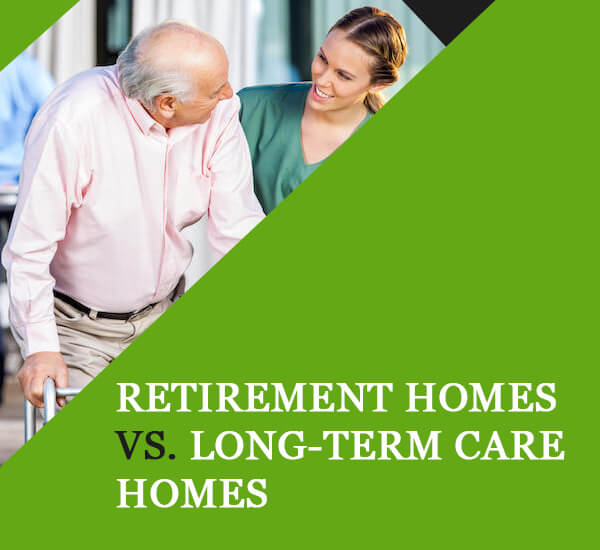Retirement Homes: Why It’s Vital to Plan for Your Future
In today’s work-driven world, retirement can seem like a fantasy. But there is a final day at the office. And that is often when a retirement home comes into the picture.
What Is a Retirement Home?
There are many myths surrounding the concept of retirement homes. In simple words, a retirement home is a privately-owned facility designed to accommodate seniors who want to maintain their lifestyle with on-site support and care. They are also popularly known as assisted living facilities and are very different from nursing homes. A nursing home is where residents are admitted to be nursed back to health. In a retirement home, they live like they used to, albeit with assistance at their beck and call.
Types of Retirement Homes
Every senior has a unique set of needs. Retirement homes cater to them while providing support, connection, and comfort. Here are the different kinds.
1. Subsidized Senior Housing
This government program provides retirement apartments to those with low incomes and essential on-site support and care.
2. Congregate Care
Congregate care is an environment where seniors have an apartment setting for independent living. It usually includes an activity area, a central lobby, and a dining room. They come with accessory supports like banking services and a pharmacy, and at least one meal every day in the dining area.
3. Retirement Communities
These are master-planned facilities where individuals can live in stand-alone structures, like apartments, condos, and townhomes. Seniors can live independently and have an active social life. They are defined by both income and age restrictions. These facilities have higher monthly fees and are often privately funded, not subsidized.
4. Continuing Care Retirement Communities
These facilities are privately funded; they meet both your present and future needs. Here, seniors in good health can plan for potential medical issues and have both assisted living programs and congregate care in a familiar environment.
Why Preparation is Important
Never assume that having insurance means you don’t need to save for your retirement. Indeed, preparation for retirement living is vital. Most Canadians don’t think they’re setting aside enough money for long-term care and retirement. And not all of us plan for our long-term retirement goals, like having money for medical services not covered by OHIP.
It’s important that everyone learns about the costs of retirement, the types of facilities available, and how to plan for it. Identifying these types and their fees is just the first step in planning your many post-retirement needs.
Retirement Homes vs. Long-Term Care Homes
Also called a senior home, old age home, or retirement residence, a retirement home is a place where a community of seniors lives. They offer a lot of choices and are focused on independence and flexibility. People living here can choose to be independent or have some personalized care and services. Residents get their own suite, have a schedule, and can come and go as they please. They pick their own meals and how they want to spend their time. They can choose their own social activities, exercises, and outings.
Long-term care homes (a.k.a. nursing homes) have around-the-clock supervised care. They are for seniors who can no longer take care of themselves and need continuous supervision. These homes have 24/7 monitoring services with round-the-clock resident nursing and staff. Meals come with dietary restrictions and are served within a central area. A referral from a physician or agency is often required to get into a long-term care home.
Spend your retirement in peace amid peers, recreational activities and social events. At River Road Retirement Residence, we know how to serve you best so that you never feel away from home. Learn more about our facilities. Learn more about us.





